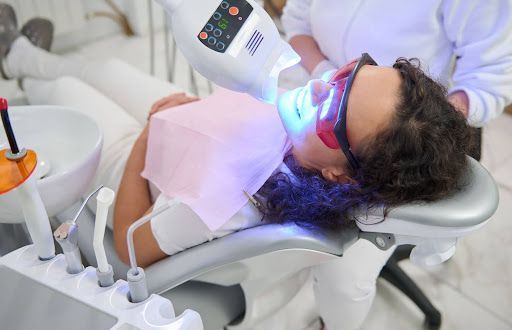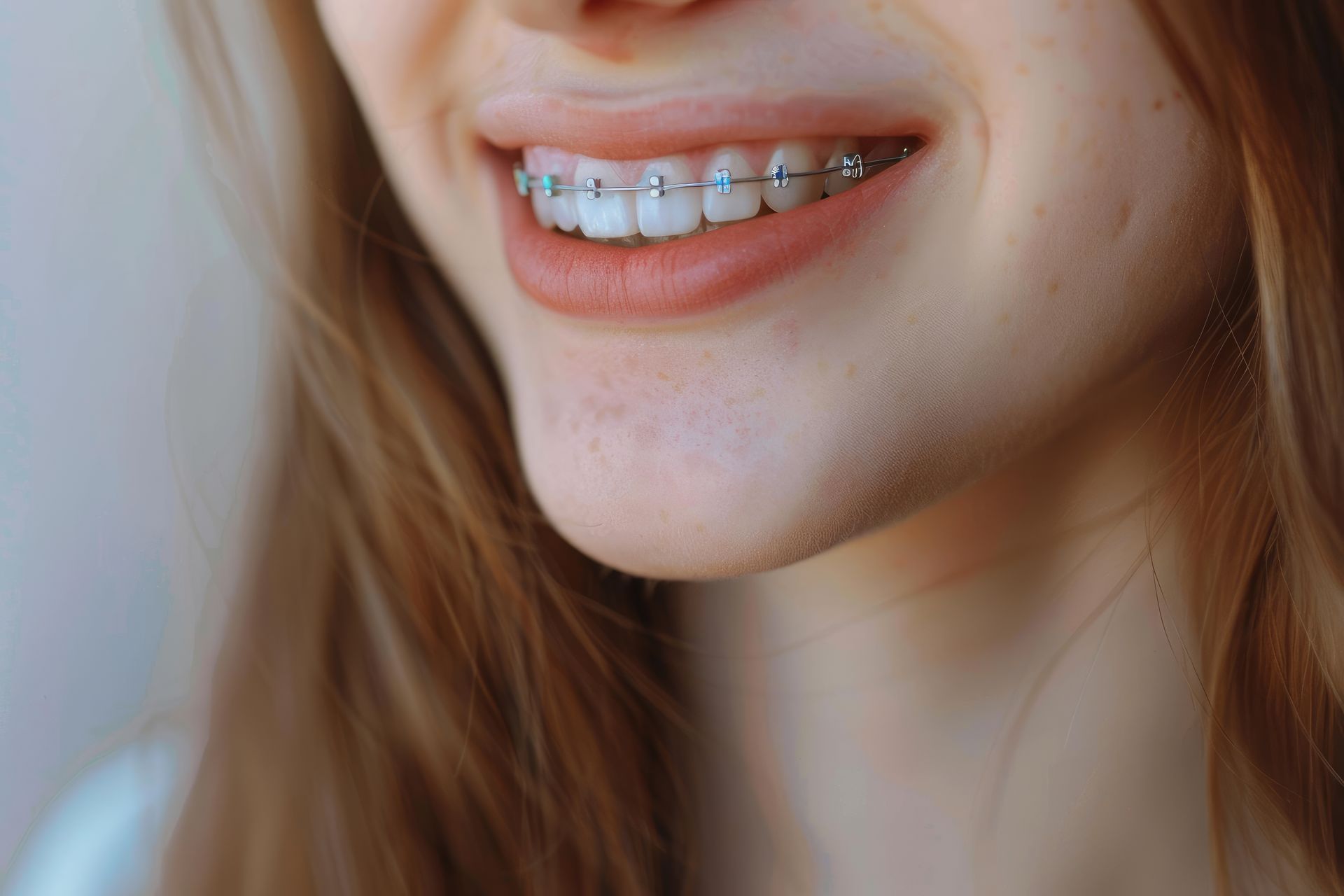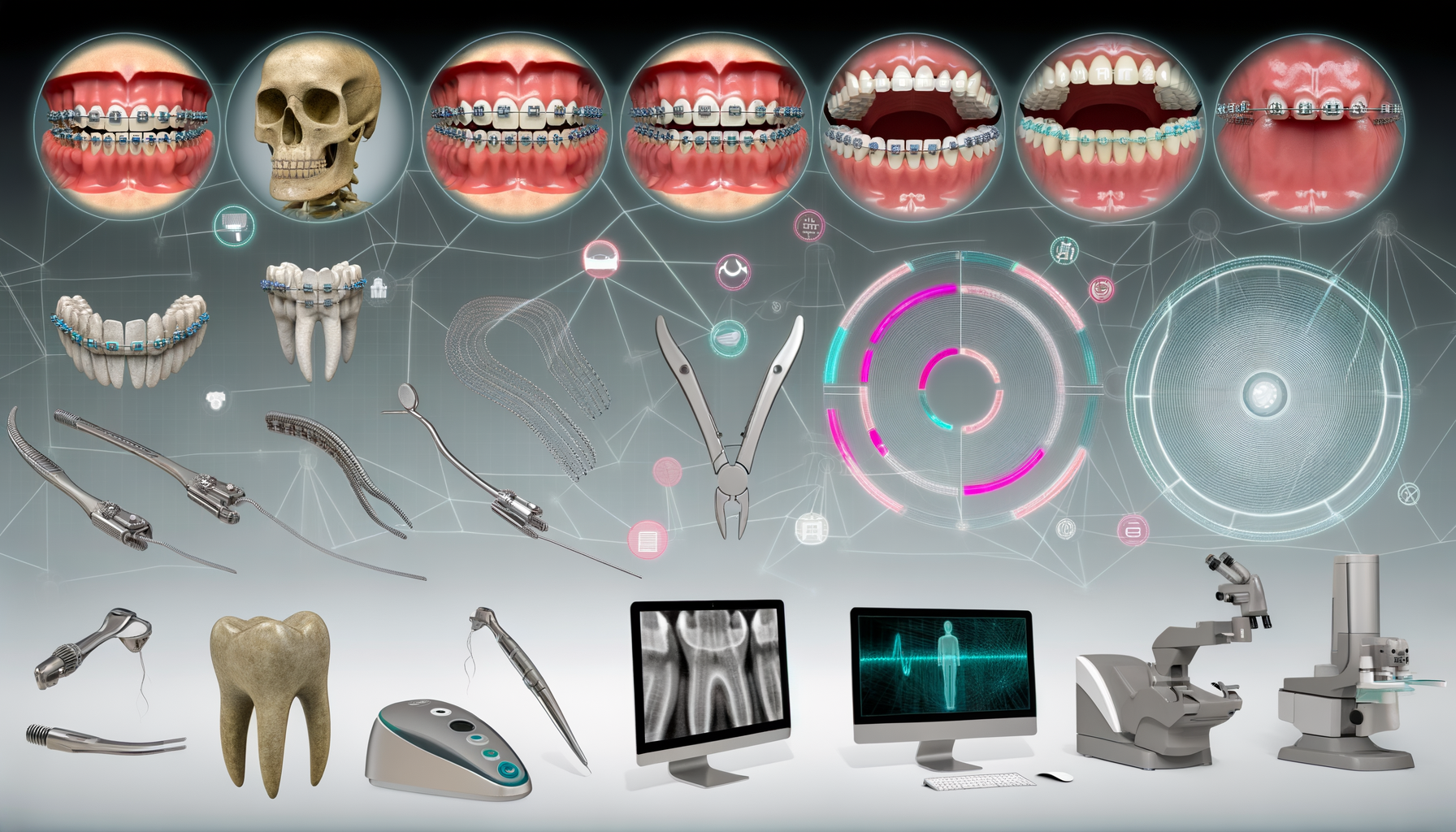The Evolution of Orthodontics and Advanced Care
Orthodontics has come a long way since its early days. What once involved simple tools and techniques, mainly focused on the mechanical alignment of teeth, has now transformed into a field combining cutting-edge technology and comprehensive treatment strategies. This journey to advanced care ensures patients not only enhanced smiles but also improved oral health and functionality.
A. Early Beginnings of Orthodontic Practice
The journey of orthodontics is as old as civilization itself, with evidence of orthodontic practice dating back to ancient times. Archaeological findings have unearthed primitive orthodontic tools and records that indicate a desire for straight teeth and proper dental healthcare among early civilizations. The Etruscans, Greeks, and Romans used materials like gold and catgut in their attempts to correct teeth misalignment, showcasing the universal value of a healthy, appealing smile across different cultures and ages.
The 18th and 19th centuries marked significant landmarks for contemporary orthodontics. It was during this period that innovations such as wire cribs, which are considered the precursors of modern braces, were introduced. In 1819, the first wire crib marked a substantial shift in orthodontic appliance design, transitioning from rudimentary wooden strips to more sophisticated metal devices. This era set the stage for the technological advancements that would further evolve orthodontic care.
B. The Birth of Modern Orthodontics
Orthodontics truly began to resemble its current form in the 20th century with the introduction of stainless steel wires, which replaced gold, silver, and other metals. This pivotal change reduced the cost of braces and made them more accessible while ensuring better control over tooth movement.
The development of dental adhesives also revolutionized the practice by allowing brackets to be bonded directly to the teeth, eliminating the need for bands around each tooth, and thus improving convenience and comfort for patients. Radiographic assessments subsequently became integral to orthodontic treatment planning, offering a detailed view of a patient's jaw and tooth structure with practices veering towards a more evidence-based approach.
C. Technological Advances Shaping Contemporary Orthodontic Care
One of the most groundbreaking advancements in orthodontics has been the emergence of digital imaging and 3D scanning. These technologies have advanced diagnostics and treatment planning, providing precise and comprehensive orthodontic care. They minimize guesswork, allow better prediction of treatment outcomes, and, importantly, are less invasive to the patient.
New materials, including titanium alloys and clear ceramic brackets, have been introduced to create more discreet and efficient orthodontic devices. These materials reduce the visibility of braces, a feature particularly appreciated by adult patients concerned with aesthetic implications. With these materials, patients in Omaha, Fremont, and Elkhorn, NE, have access to choices that harmonize with their lifestyles and personal preferences.
The adoption of CAD/CAM technology has further tailored orthodontic care to individual needs. Custom-fit appliances are designed and created with a level of precision previously unattainable, ensuring each patient receives a treatment focused on their unique dental anatomy. Computer-generated clear aligners, like Invisalign, have provided an alternative to traditional braces, combining discretion with effectiveness for patients seeking a less conspicuous treatment option.
D. Patient Experience and Treatment Efficiency
Orthodontics has always been patient-driven, but never before has the focus on patient experience been so pronounced. The incorporation of cutting-edge technologies has considerably improved the comfort of orthodontic procedures. Contemporary techniques prioritize not only efficient realignment but also pain management, effectively easing the discomfort often associated with dental adjustments.
Further enhancing patient convenience, the duration of orthodontic treatments has decreased due to the precise and customized treatment plans these technologies facilitate. The advent of advanced diagnostic tools has enabled practitioners to formulate clearer, more effective treatment strategies that are tailored to individual cases, reducing the overall time a patient spends in treatment and leading to faster, more noticeable results.
Complementing these technological strides, the aesthetic aspect of orthodontics has been revolutionized, especially with the development of inconspicuous appliances. Adults in the greater Omaha area now have more options that align with their professional and social demands, leading to an increase in adult orthodontics. This has been a welcoming change for many who may have otherwise forgone treatment due to the stigma of visible braces.
Distinct from earlier eras, today’s orthodontic patients benefit from enhanced education through resources such as interactive digital models and software. This educational approach empowers patients by helping them understand their treatment plan and expected outcomes, further strengthening the dentist-patient relationship and fostering an environment of trust.
E. The Role of Custom-Fit Appliances in Precision Orthodontics
As we go deeper into patient-centered care, custom-fit appliances have emerged as a cornerstone of precision orthodontics. They offer tangible benefits by ensuring treatments are perfectly adapted to the patient's oral structure, thereby increasing the likelihood of successful outcomes.
The technology behind custom-fit appliances has also led to less invasive procedures. Advanced imaging techniques allow for greater accuracy in the initial stages of treatment planning, mitigating the need for frequent adjustments. This precision, in turn, leads to a more predictable treatment process and enhanced patient satisfaction.
With an emphasis on efficiency, these advancements have streamlined office visits, requiring fewer and more concise appointments. Remote monitoring, a luxury once unimaginable, is now a reality. This innovation allows for the monitoring of a patient's progress without them having to physically visit the orthodontist's office.
Recent studies have demonstrated the effectiveness of remote monitoring in orthodontics, outlining its capacity to maintain treatment effectiveness while minimizing in-person appointments.
F. Future Directions in Orthodontic Treatments
While reflecting on current achievements, it is also essential to look ahead. The field of orthodontics is poised for exciting developments driven by bioengineering and gene therapy, which may altogether change how practitioners approach teeth realignment and jaw correction in the future. These scientific territories have the potential to fundamentally alter traditional treatment paradigms, potentially leading to more preventative approaches and less invasive treatments.
Artificial Intelligence (AI) has already begun to permeate various medical fields, and orthodontics is no exception. AI's capabilities in enhancing diagnosis and optimizing treatment plans can be seen as the next significant leap forward. Leveraging AI's data-processing proficiency, orthodontists may soon be able to anticipate and plan treatments with accuracy and personalization that were previously not possible.
There is a growing awareness within the orthodontic community about the environmental impact of dental materials and waste. In response, the industry is moving towards more sustainable practices and materials, thus contributing to a greener, more responsible approach to oral healthcare without compromising on quality of care.
G. The Local Landscape: Integration at McAllister Orthodontics
Though not overtly referencing McAllister Orthodontics, it is evident that local orthodontic practices have seamlessly woven these sweeping technological advancements into their day-to-day operations. It is vital that orthodontists maintain an upswing of education and stay abreast of trends to offer treatments that are innovative and patient-centric.
Understanding the needs of West Omaha and the surrounding communities, such practices place a high value on diversity and strive to meet the individual requirements of each patient who walks through their doors. The integration of new orthodontic technologies is not simply about staying current; it is about fine-tuning patient care and ensuring that each treatment is as effective and comfortable as possible.
In the dynamic landscape of oral health and aesthetics, education continues to be the fulcrum on which the patient-professional relationship balances. With ongoing training and commitment to advanced learning, the promise of top-tier orthodontic care is being upheld in the local area, mirroring the larger trend across the field.
Conclusion
Fundamentally, the evolution of orthodontics is a narrative of progress and perseverance. It underscores the ambition of the industry to not only correct dental irregularities but to do so with increasing precision and compassion, reflecting the intrinsic human desire for self-improvement. Technological advancements have undoubtedly propelled orthodontics into a new era, yet the drive toward more refined, patient-friendly care remains the impetus behind these changes.
As orthodontics continues to evolve, it remains crucial for patients to partner with professionals who are committed to advanced care — for it is through these partnerships that the best outcomes are achieved. The encouragement, then, is clear: to seek out informed, quality, and innovative orthodontic care that is reflective of the remarkable progress within the field.
In the quest for perfect smiles, the orthodontic community has shown an unwavering dedication to excellence. This journey is not solitary, for it is carried forward by each professional who elects to integrate novel insights into their practice for the betterment of patient care and outcomes. The evolution of orthodontics is far from over, and its trajectory suggests that the future will be marked by even more transformative breakthroughs in patient treatment.
The American Dental Association continues to be an excellent resource for those keen on exploring the horizons of orthodontic care, as does the
American Association of Orthodontists, which serves as a beacon for professionals seeking to elevate their practice. Armed with knowledge and guided by a tradition of ingenuity, the journey of orthodontics marches on — with patient well-being at its heart.
Are you curious about how the latest advancements in orthodontic care can improve your smile?
Reach out to us today to learn more about what modern orthodontics has to offer, and begin your journey to the confident, radiant smile you deserve.












